Ferroelectric Relaxor Quantum Crystals
Abstract
:1. Introduction
- Classical phase transitions at normal temperatures: Spatial fluctuations of the order parameter are separable from temporal fluctuations.
- Quantum Critical Points: Because momentum p and position x do not commute, spatial and temporal fluctuations are mixed together.
2. Materials and Methods
3. Results
3.1. Hexaferrites
3.2. Newest QCP Relaxor Work: K3Li2Ta5O15 (“KLT”) and Lead Pyrochlore.
4. Discussion
Absence of Thermal Diffusion of Domain Walls in QCPs: Absence of Turing Patterns in Ferroelectric Domains?
5. Conclusions
Acknowledgments
Conflicts of Interest
References
- Rowley, S.E.; Chair, Y.-S.; Shen, S.-P.; Sun, Y.; Jones, A.T.; Watts, B.E.; Scott, J.F. Uniaxial ferroelectric quantum criticality in multiferroic hexaferrites BaFe12O19 and SrFe12O19. Sci. Rep. 2016, 6, 25724. [Google Scholar] [CrossRef] [PubMed] [Green Version]
- Hilczer, A.; Bartlomiej, A.; Markiewicz, E.; Kowalska, K.; Pietraszko, A. Effect of thermal treatment on magnetic and dielectric response of SrM hexaferrites obtained by hydrothermal synthesis. Phase Trans. 2014, 87, 938–952. [Google Scholar] [CrossRef]
- Brixner, L.H. Preparation of the ferrites BaFe12O19 and SrFe12O19 in transparent form. J. Am. Chem. Soc. 1959, 81, 3841–3843. [Google Scholar] [CrossRef]
- Townes, W.D.; Fang, J.H.; Perrotta, A.J. Crystal structure and refinement of ferrimagnetic barium ferrite BaFe12O19. Z. Kristallogr. Kristallgeom. Kristallphys. 1967, 125, 437–445. [Google Scholar] [CrossRef]
- Ganapathi, L.; Gopalakrishnan, J.; Rao, C.N. Barium hexaferrite (M-phase) exhibiting superstructure. Mater. Res. Bull. 1984, 19, 669–672. [Google Scholar] [CrossRef]
- Hien, N.T.M.N.T.; Han, K.; Chen, X.-B.; Sur, J.C.; Yang, I.S. Raman studies of spin-phonon coupling in hexagonal BaFe12O19, A Raman Study of the Origin of Oxygen Defects in Hexagonal Manganite Thin Films. Chin. Phys. Lett. 2012, 29, 126103. [Google Scholar]
- Chen, X.B.; Hien, N.T.M.; Han, K.; Sur, J.C.; Sung, N.H.; Cho, B.K.; Yang, I.S. Raman studies of spin-phonon coupling in hexagonal BaFe12O19. J. Appl. Phys. 2013, 114, 013912. [Google Scholar] [CrossRef]
- Muller, J.; Collomb, A. A new representation of the bipyramidal site in the SrFe12O19 M-type hexagonal ferrite between 4.6 K and 295 K. J. Magn. Magn. Mater. 1992, 103, 194–203. [Google Scholar] [CrossRef]
- Fontcuberta, J.; Obradors, X. Dynamics of the bipyramidal ions in SrFe12O19 studied by Mossbauer-spectroscopy. J. Phys. C 1988, 21, 2335–2345. [Google Scholar] [CrossRef]
- Obradors, X.; Collomb, A.; Permet, M. X-ray-analysis of the structural and dynamic properties of BaFe12O19 hexagonal ferrite at room-temperature. J. Solid State Chem. 1985, 56, 171–181. [Google Scholar] [CrossRef]
- Lashley, J.C.; Munns, J.H.D.J.H.; Echizen, M.; Ali, M.N.; Rowley, S.E.; Scott, J.F. Phase transitions in the brominated ferroelectric tris-sarcosine calcium chloride (TSCC). Adv. Mater. 2014, 26, 3860–3866. [Google Scholar] [CrossRef] [PubMed]
- Chandra, P.; Lonzarich, G.G.; Rowley, S.E.; Scott, J.F. Prospects and Applications near Ferroelectric Quantum Phase Transitions. Rep. Prog. Phys. 2017, 80, 11250. [Google Scholar] [CrossRef] [PubMed]
- Smith, R.M.; Gardner, J.; Morrison, F.D.; Rowley, S.E.; Ferraz, C.; Carpenter, M.A.; Chen, J.; Hodkinson, J.; Dutton, S.E.; Scott, J.F. Quantum Critical Points in Ferroelectric Relaxors: Stuffed Tungsten Bronze K3Li2Ta5O15 and Lead Pyrochlore (Pb2Nb2O7). arXiv, 2018; arXiv:1802.09827. Available online: https://arxiv.org/abs/1802.09827(accessed on 17 April 2018).
- Scott, J.F. Ferroelectrics go bananas. J. Cond. Mater. 2008, 20, 021001. [Google Scholar] [CrossRef]
- Kitagawa, Y.; Hiraoka, Y.; Honda, T.; Ishikura, T.; Nakamura, H.; Kimura, T. Low-field magnetoelectric effect at room temperature. Nat. Mater. 2010, 9, 797–802. [Google Scholar] [CrossRef] [PubMed]
- Chien, C.L.; Liou, S.H.; Xiao, G.; Gatzke, M.A. Magnetic Percolation in New Crystalline FCC Fe-Cu Alloys. MRS Online Proc. 1986, 80, 395–397. [Google Scholar] [CrossRef]
- Lorenz, C.D.; May, R.; Ziff, R.M. Similarity of Percolation Thresholds on the HCP and FCC Lattice. J. Stat. Phys. 2000, 98, 961–970. [Google Scholar] [CrossRef]
- Khmelnitskii, D.E.; Schneerson, V.L. Displacive-type phase transition in crystals at low temperatures. Fiz. Tverd. Tela 1971, 13, 832–841. [Google Scholar]
- Hulm, J.K. Low-Temperature Dielectric Properties of Cadmium and Lead Niobates. Phys. Rev. 1953, 92, 504. [Google Scholar] [CrossRef]
- Shirane, G.; Pepinsky, P.R. Dielectric Properties and Phase Transitions of Cd2Nb2O7 and Pb2Nb2O7. Phys. Rev. 1953, 92, 504. [Google Scholar] [CrossRef]
- Siegwarth, J.D.; Lawless, W.M.; Morrow, J.D. Dielectric and thermal properties of Pb2Nb2O7 at low temperature. J. Appl. Phys. 1976, 47, 3789–3792. [Google Scholar] [CrossRef]
- Jayaraman, A.; Kourouklis, G.A.; Cooper, A.S.; Espinosa, G.P. High-pressure Raman and optical absorption studies on lead pyroniobate (Pb2Nb2O7) and pressure-induced phase transitions. J. Phys. Chem. 1990, 94, 1091–1094. [Google Scholar] [CrossRef]
- Scott, J.F.; Evans, D.M.; Katiyar, R.S.; McQuaid, R.G.P.; Gregg, J.M. Nonequilibrium ferroelectric-ferroelastic 10 nm nanodomains: wrinkles, period-doubling, and power-law relaxation. J. Phys. Condens. Matter. 2017, 29, 304001. [Google Scholar] [CrossRef] [PubMed]
- Kieth, J.B.; Hatch, D.M. Mesoscopic domain average engineering simulations of ferroelectric perovskites compared with multidomain group theoretical predictions. J. Appl. Phys. 2006, 100, 033526. [Google Scholar] [CrossRef]
- Fousek, J.; Litvin, D.B.; Cross, L.E. Domain geometry engineering and domain average engineering of ferroics. J. Phys. Cond. Mater. 2000, 13, L33. [Google Scholar] [CrossRef]
- Kagawa, F.; Horiuchi, S.; Tokura, Y. Quantum Phenomena Emerging Near a Ferroelectric Critical Point in a Donor–Acceptor Organic Charge-Transfer Complex. Crystals 2017, 7, 196. [Google Scholar] [CrossRef]
- Kagawa, F.; Minami, N.; Horiuchi, S.; Tokura, Y. Athermal domain-wall creep near a ferroelectric quantum critical point. Nat. Commun. 2016, 7, 10675. [Google Scholar] [CrossRef] [PubMed]
- Turing, A.M. The Chemical Basis of Morphogenesism. Philos. Trans. R. Soc. B 1952, 23, 37–72. [Google Scholar] [CrossRef]
- Cross, M.C.; Hohenberg, P.C.C. Pattern formation outside of equilibrium. Rev. Mod. Phys. 1993, 65, 851–1112. [Google Scholar] [CrossRef]
- Hohenberg, P.C.; Krechkov, A.P. An introduction to the Ginzburg–Landau theory of phase transitions and nonequilibrium patterns. Phys. Rep. 2015, 572, 1–42. [Google Scholar] [CrossRef]
- Scott, J.F.; Hershkovitz, A.; Ivry, Y.; Lu, H.D.; Gruverman, A.; Gregg, J.M. Superdomain Dynamics in Ferroelectric-Ferroelastic Films: Switching, Jamming, and Relaxation. Appl. Phys. Rev. 2017, 4, 041104. [Google Scholar] [CrossRef]
- Taylor, G.I. Stability of a viscous liquid contained between two rotating cylinders. Philos. Trans. R. Soc. 1923, 223, 289–343. [Google Scholar] [CrossRef]
- Belousov, B.P. Periodically acting reaction and its mechanism. Collect. Abstr. Radiat. Med. 1959, 147, 145. [Google Scholar]
- Zhabotinskii, A.M. The periodic process of oxidation of alanic acid solution. Biophysics 1964, 9, 306–311. [Google Scholar]
- Baudry, L.; Luk’yanchuk, I.; Scott, J.F. Polarization vortex domains induced by switching electric field in ferroelectric films with circular electrodes. Phys. Rev. B 2014, 90, 024102. [Google Scholar] [CrossRef]
- Baudry, L.; Luk’yanchuk, I.A.; Razumnaya, A. Dynamics of field-induced polarization reversal in thin strained perovskite ferroelectric films with -oriented polarization. Phys. Rev. B 2015, 91, 144110. [Google Scholar] [CrossRef]
- Baudry, L.; Lukyanchuk, I.; Vinokur, V.M. Ferroelectric symmetry-protected multibit memory cell. Sci. Rep. 2017, 7, 42196. [Google Scholar] [CrossRef] [PubMed]
- Gruverman, A.; Wu, D.; Fan, H.J.; Vrejou, I.; Alexe, M.; Harrison, R.J.; Scott, J.F. Vortex Ferroelectric Domains. J. Phys. Cond. Mater. 2008, 20, 342201. [Google Scholar] [CrossRef]
- Yadav, A.K.; Nelson, C.T.; Hsu, S.L.; Hong, Z.; Clarkson, J.D.; Schlepütz, C.M.; Damodaran, A.R.; Shafer, P.; Arenholz, E.; Dedon, L.R.; et al. Observation of Polar Vortices in Oxide Superlattices. Nature 2016, 530, 198–201. [Google Scholar] [CrossRef] [PubMed]
- Hong, Z.-J.; Damodaran, A.R.; Xue, F.; Hsu, S.-L.; Britson, J.; Yadav, A.K.; Nelson, C.T.; Wang, J.-J.; Scott, J.F.; Martin, L.W.; et al. Stabilitity of Polar Vortex Lattice in Ferroelectric Superlattices. Nano Lett. 2017, 17, 2246–2252. [Google Scholar] [CrossRef] [PubMed]
- Ahluwalia, R.; Ng, N.; Schilling, A.; McQuaid, R.; Srolovitz, D.J.; Evans, D.M.; Gregg, J.M.; Scott, J.F. Manipulating Ferroelectric Domains in Nano-Structures under Electron Beams. Phys. Rev. Lett. 2013, 111, 165702. [Google Scholar] [CrossRef] [PubMed]
- Scott, J.F.; Kumar, A. Faceting oscillations in nano-ferroelectrics. Appl. Phys. Lett. 2014, 105, 052902. [Google Scholar] [CrossRef]
- Ng, N.; Ahluwalia, R.; Kumar, A.; Srolovitz, D.J.; Chandra, P.; Scott, J.F. Electron-beam driven relaxation oscillations in ferroelectric nanodisks. Appl. Phys. Lett. 2015, 107, 152902. [Google Scholar] [CrossRef] [Green Version]
- Naumov, I.; Fu, X. Vortex-to-Polarization Phase Transformation Path in Ferroelectric Pb(ZrTi)O3 Nanoparticles. Phys. Rev. Lett. 2007, 98, 077603. [Google Scholar] [CrossRef] [PubMed]
- Lukyanchuk, I.; Sharma, P.; Nakajima, T.; Okamura, S.; Scott, J.F.; Gruverman, A. High-Symmetry Polarization Domains in Low-Symmetry Ferroelectrics. Nano Lett. 2014, 14, 6931–6935. [Google Scholar] [CrossRef] [PubMed]
- Wang, Q.; Zhao, X. A three-dimensional phase diagram of growth-induced surface instabilities. Sci. Rep. 2015, 5, 8887. [Google Scholar] [CrossRef] [PubMed]
- Metaxas, P.J.; Jamet, J.P.; Mougin, A.; Cormier, M.; Ferre, J.; Baltz, V.; Rodmacq, B.; Dieny, B.; Stamps, R.L. Creep and Flow Regimes of Magnetic Domain-Wall Motion in Ultrathin Pt/Co/Pt Films with Perpendicular Anisotropy. Phys. Rev. Lett. 2008, 99, 217208. [Google Scholar] [CrossRef] [PubMed]
- Deng, S.; Berry, V. Wrinkled, rippled and crumpled graphene: An overview of formation mechanism, electronic properties, and applications. Mater. Today 2016, 19, 197–212. [Google Scholar] [CrossRef]
- Gruverman, A.; Dawber, M.; Gruverman, A.; Scott, J.F. Skyrmion model of nano-domain nucleation in ferroelectrics and ferromagnets. J. Phys. Cond. Mater. 2006, 18, L71–L79. [Google Scholar]
- Scott, J.F. Domain wall kinetics: Nano-domain nucleation in lead germanate and Tilley-Zeks theory for PVDF. Ferroelectrics 2003, 91, 205–215. [Google Scholar] [CrossRef]
- Shafer, P.; García-Fernández, P.; Aguado-Puente, P.; Damodaran, A.R.; Yadav, A.K.; Nelson, C.T.; Hsu, S.-L.; Wojdeł, J.C.; Íñiguez, J.; Martin, L.W.; et al. Emergent chirality in the electric polarization texture of titanate superlattices. Proc. Natl. Acad. Sci. USA 2018, 115, 915–920. [Google Scholar] [CrossRef] [PubMed]
- Shen, S.P.; Wu, J.-C.; Song, J.-D.; Sun, X.-F.; Yang, Y.-F.; Chai, Y.-S.; Shang, D.-S.; Wang, S.-G.; Scott, J.F.; Sun, Y. Quantum electric-dipole liquid on a triangular lattice. Nat. Commun. 2016, 7, 10569. [Google Scholar] [CrossRef] [PubMed] [Green Version]
- Tang, Y.L.; Zhu, Y.L.; Ma, X.L.; Borisevich, A.Y.; Morozovska, A.N.; Eliseev, E.A.; Wang, W.Y.; Wang, Y.J.; Xu, Y.B.; Zhang, Z.D.; et al. Observation of a periodic array of flux-closure quadrants in strained ferroelectric PbTiO3 films. Science 2015, 348, 547–551. [Google Scholar] [CrossRef] [PubMed]
- Cao, H.B.; Zhao, Z.Y.; Lee, M.; Choi, E.S.; McGuire, M.A.; Sales, B.C.; Zhou, H.D.; Yan, J.-Q.; Mandrus, D.G. High pressure floating zone growth and structural properties of ferrimagnetic quantum paraelectric BaFe12O19. APL Mater. 2015, 3, 062512. [Google Scholar] [CrossRef]
- Albanese, G.; Watts, B.E.; Leccabue, F.; Castañón, D. Mossbauer and magnetic studies of PbFe12−xCrxO19 hexaferrites. J. Magn. Magn. Mater. 1998, 184, 337–343. [Google Scholar] [CrossRef]
- Diaz-Castanan, S.; Sánchez, L.J.L.; Estevez-Rams, E.; Leccabue, F.; Watts, B.E. Magnetic structural properties of PbFe12O19 hexaferrite powders prepared by decomposition of hydroxide-carbonate and metal-organic precipitates. J. Magn. Magn. Mater. 1998, 185, 194–198. [Google Scholar] [CrossRef]
- Diaz, S.; Sánchez, J.L.; Watts, B.E.; Leccabue, F.; Panizzieri, R. Magnetic properties of polycrystalline BaFe12O19 thin films prepared from metallorganic decomposition on ZrO2-coated Si substrates. J. Magn. Magn. Mater. 1995, 151, 173–177. [Google Scholar] [CrossRef]
- Mikheykin, S.; Zhukova, E.S.; Torgashev, V.I.; Razumnaya, A.G.; Yuzyuk, Y.I.; Gorshunov, B.P.; Prokhorov, A.S.; Sashin, A.E.; Bush, A.A.; Dressel, M. Lattice anharmonicity and polar soft mode in ferrimagnetic M-type hexaferrite BaFe12O19 single crystal. Eur. J. Phys. B 2014, 87, 232. [Google Scholar] [CrossRef]
- Fang, C.M.; Kools, F.; Metselaar, E.; de With, G.; de Groot, R.A. Magnetic and electronic properties of strontium hexaferrite SrFe12O19 from first-principles calculations. J. Phys. Cond. Mater. 2003, 15, 6229–6237. [Google Scholar] [CrossRef]
- Pullar, R.C. Hexagonal ferrites: A review of the synthesis, properties and applications of hexaferrite ceramics. Prog. Mater. Sci. 2012, 57, 1191–1334. [Google Scholar] [CrossRef]
- Pullar, R.C. Multiferroic and Magnetoelectric Hexagonal Ferrites. In Mesoscopic Phenomena in Multifunctional Materials: Synthesis, Characterization, Modelling and Applications; Saxena, A., Planes, A., Eds.; Springer Series in Materials Science; Springer: Heidelberg, Germany, 2014; Volume 198. [Google Scholar]
- Altmeyer, S.; Hoffmann, C.; Lücke, M. Islands of instability for growth of spiral vortices in the Taylor-Couette system with and without axial through flow. Phys. Rev. E 2011, 84, 046308. [Google Scholar] [CrossRef] [PubMed]
- Chomaz, J.-M. Global instabilities in spatially developing flows: Non-normality and nonlinearity. Annu. Rev. Fluid Mech. 2005, 37, 357–392. [Google Scholar] [CrossRef]
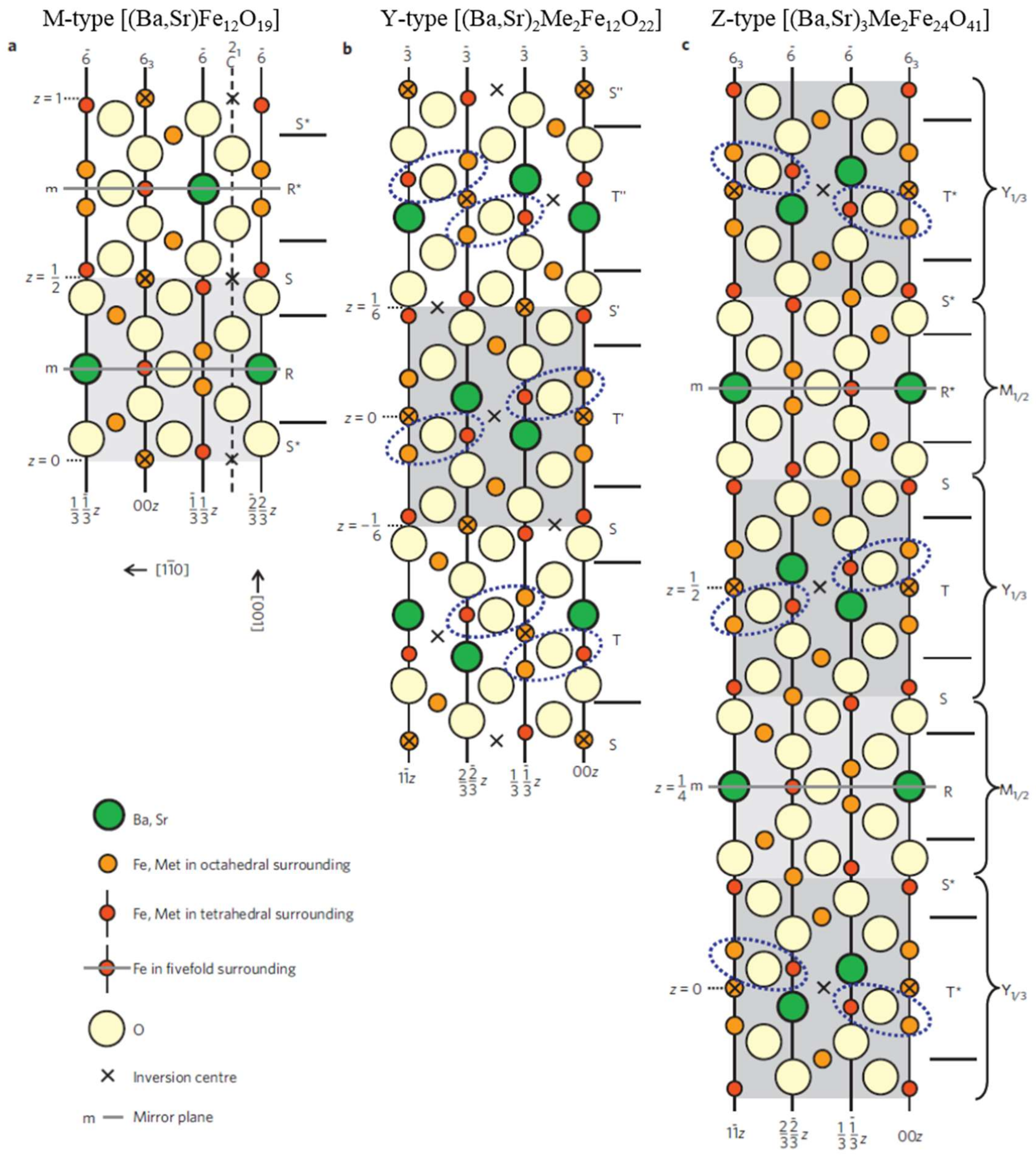
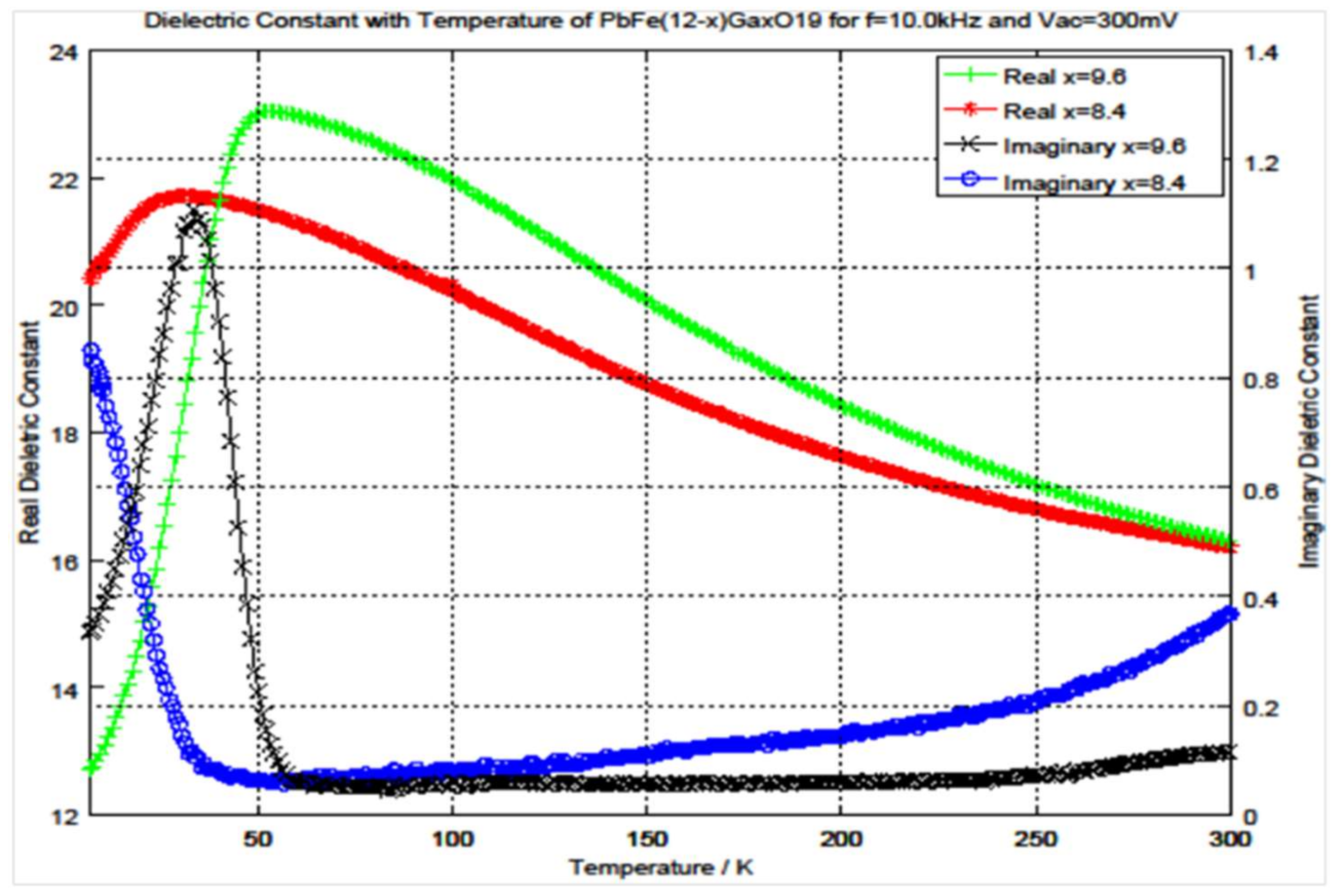
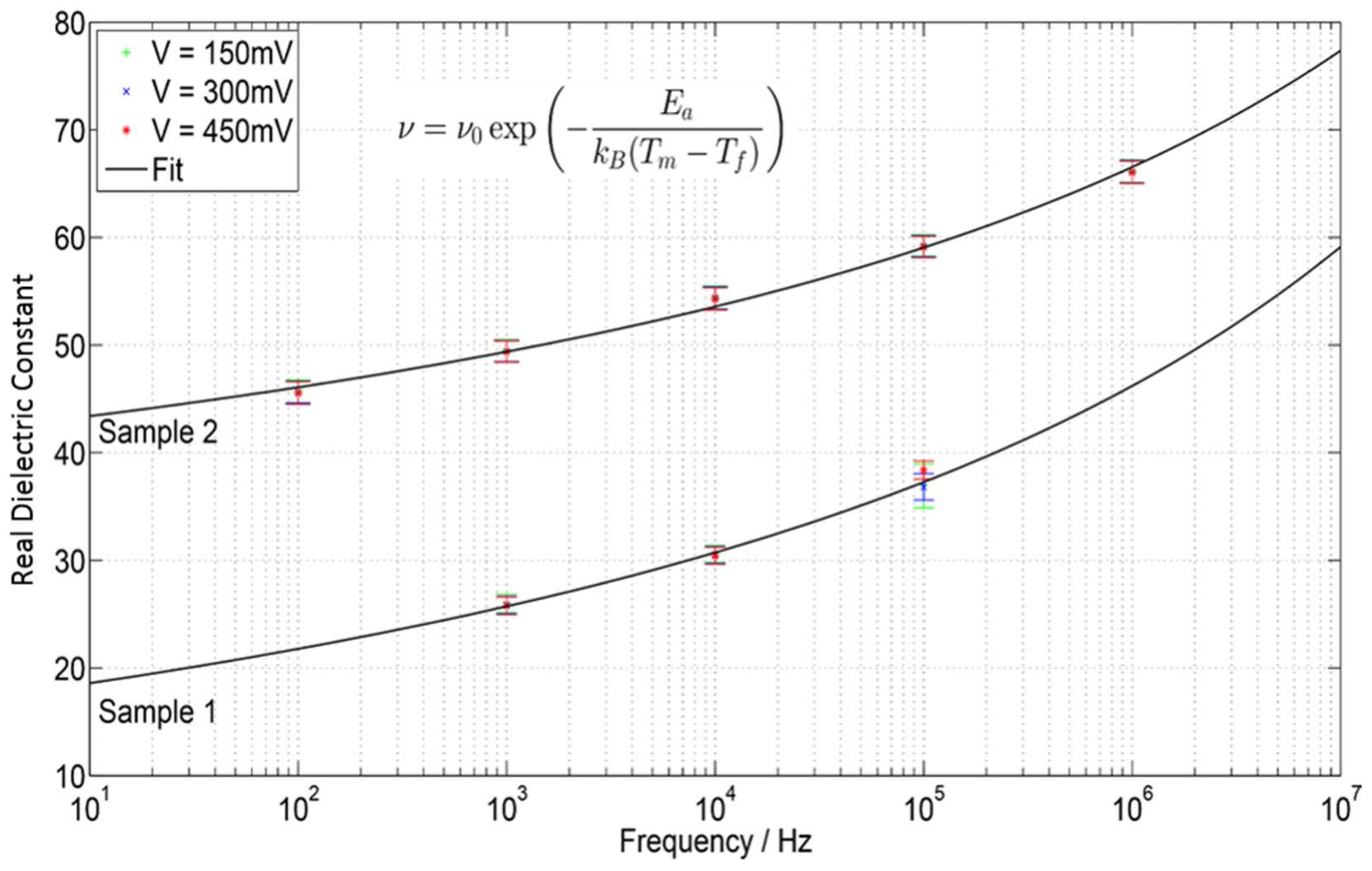
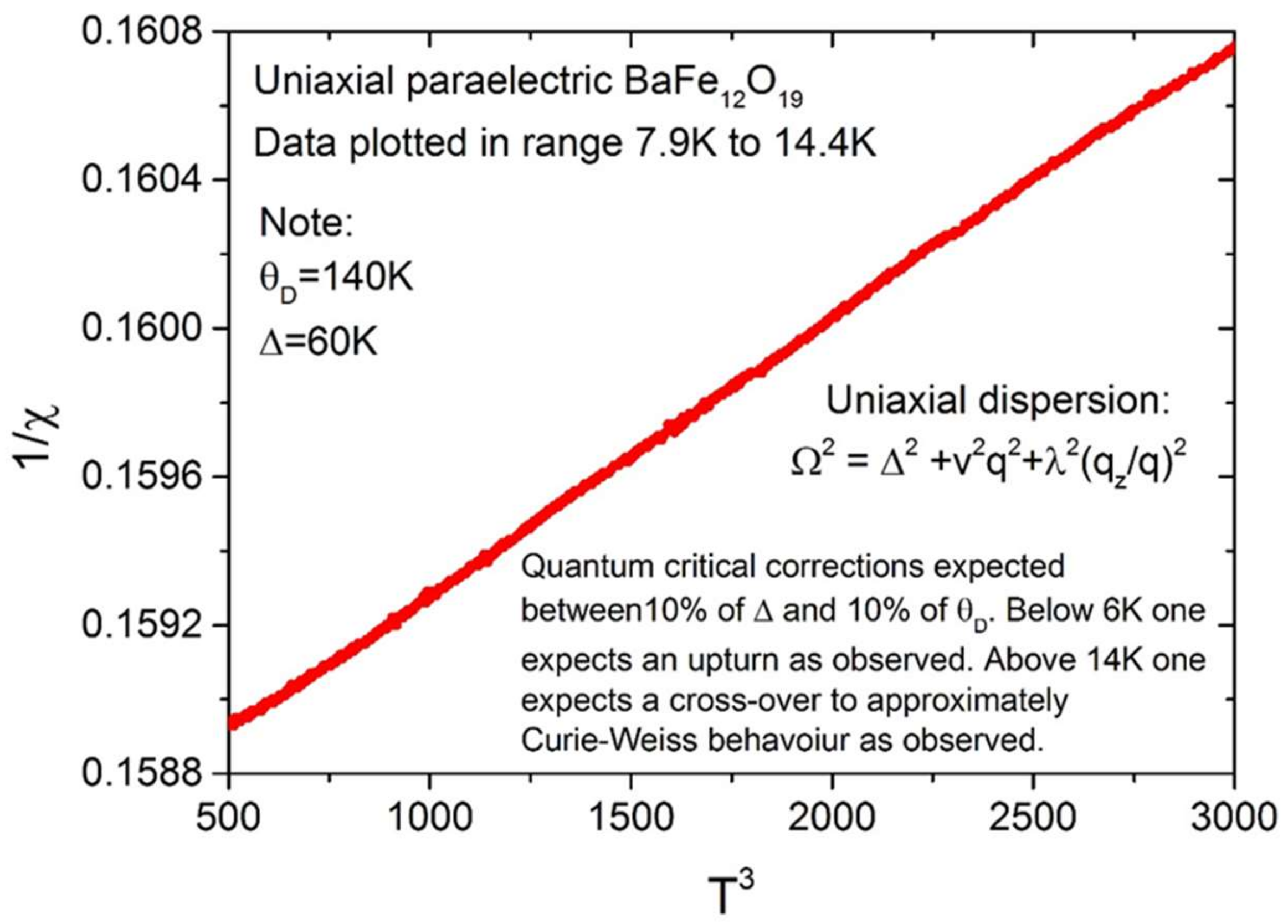
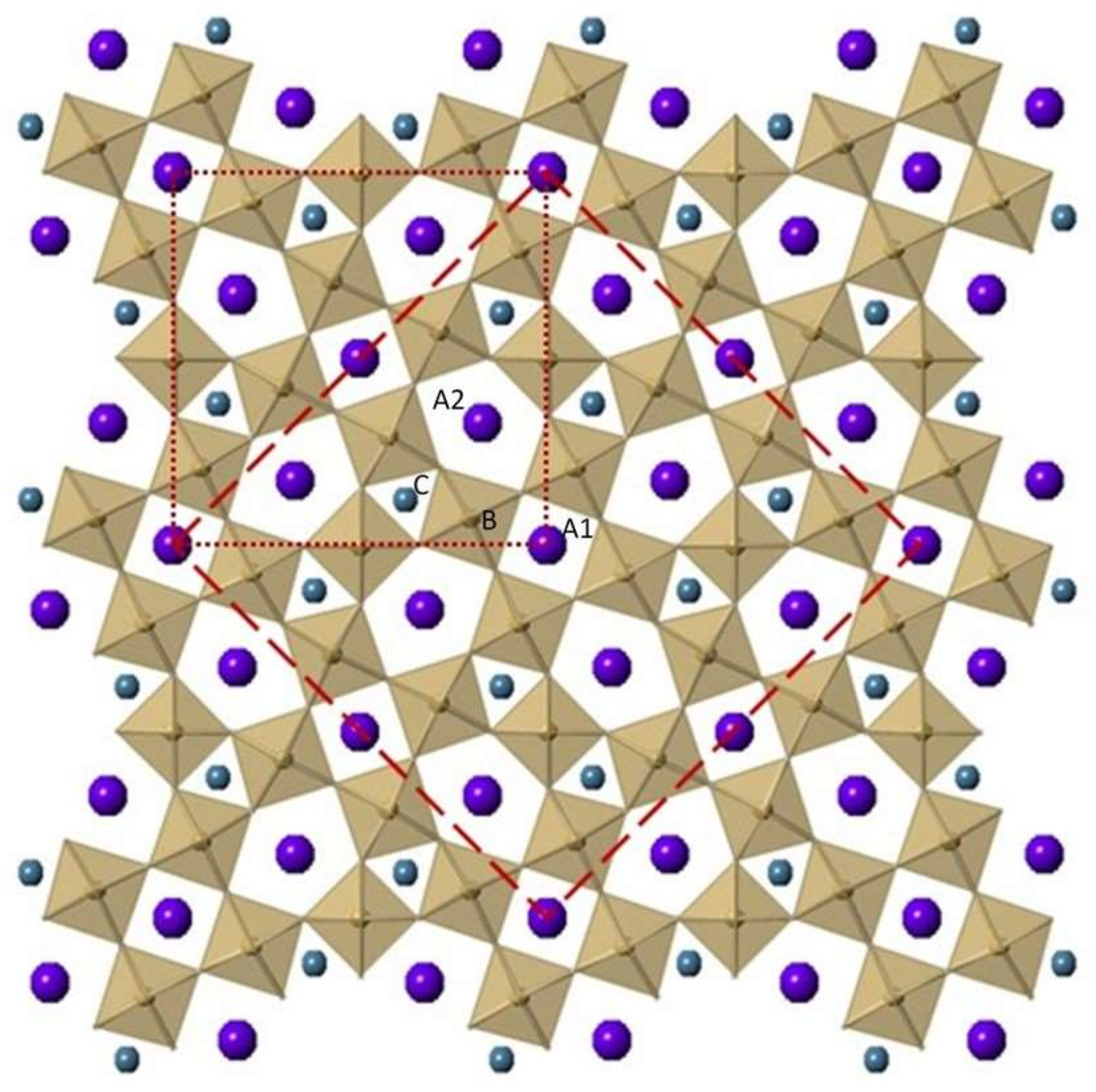
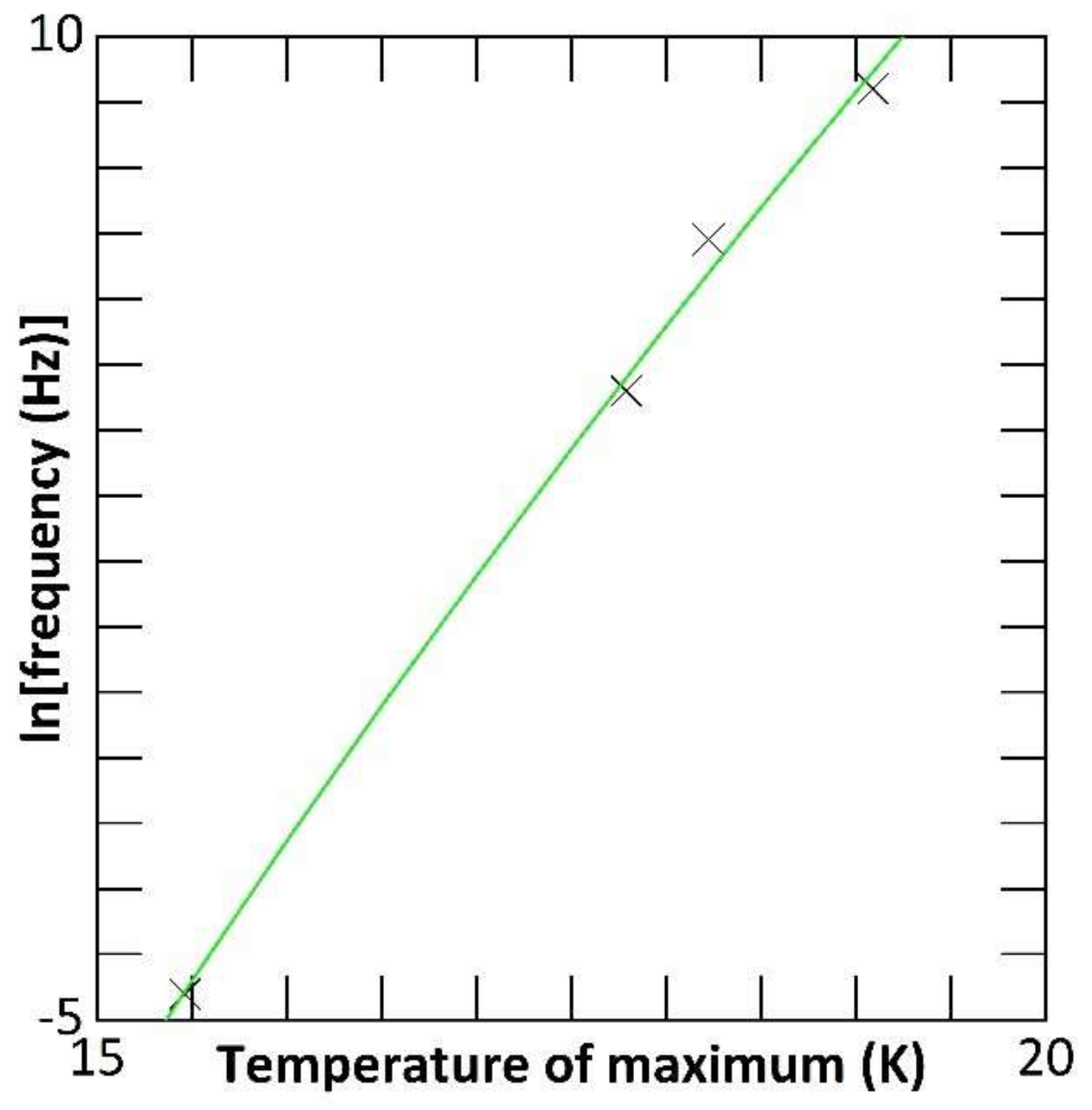
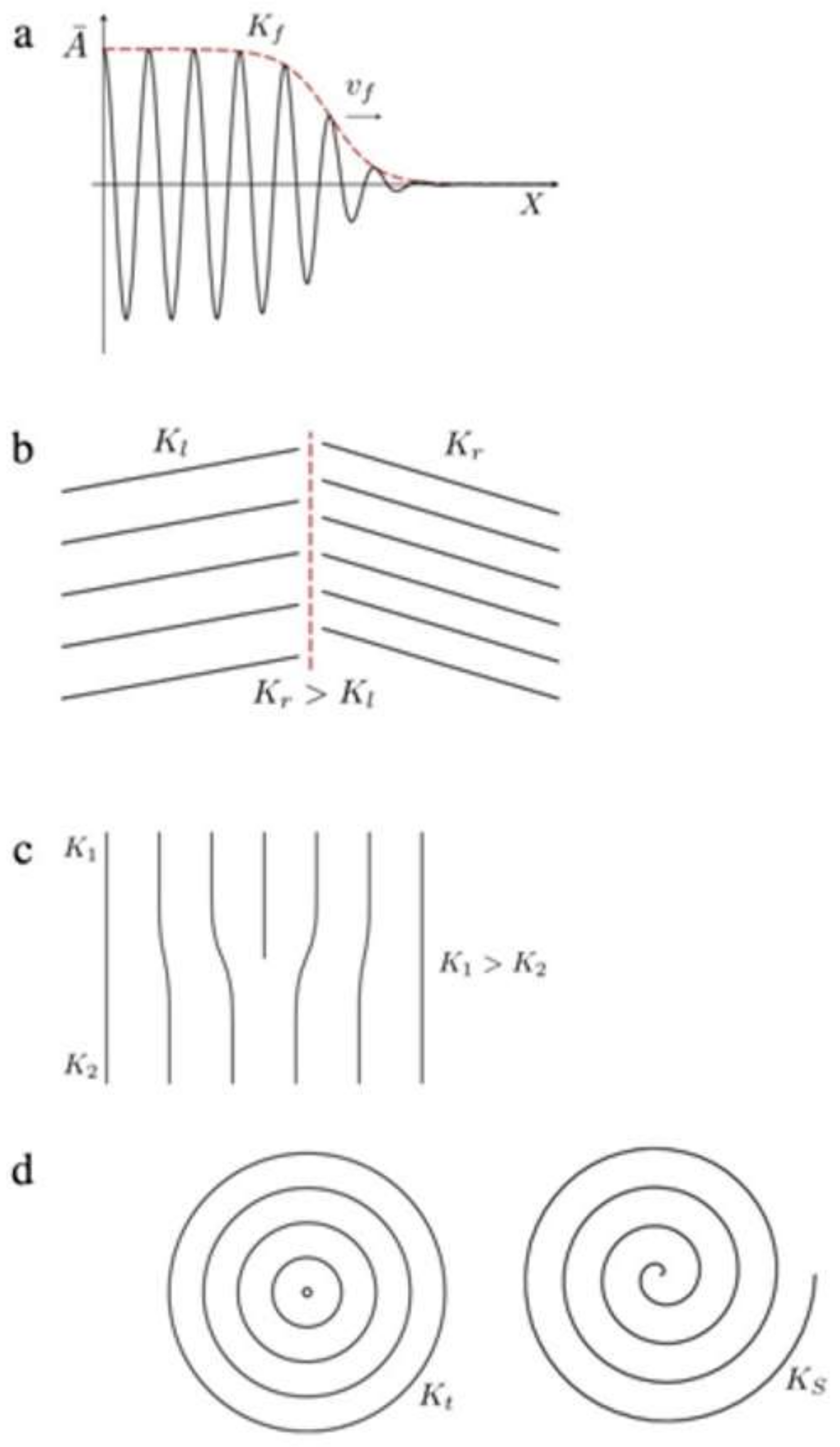
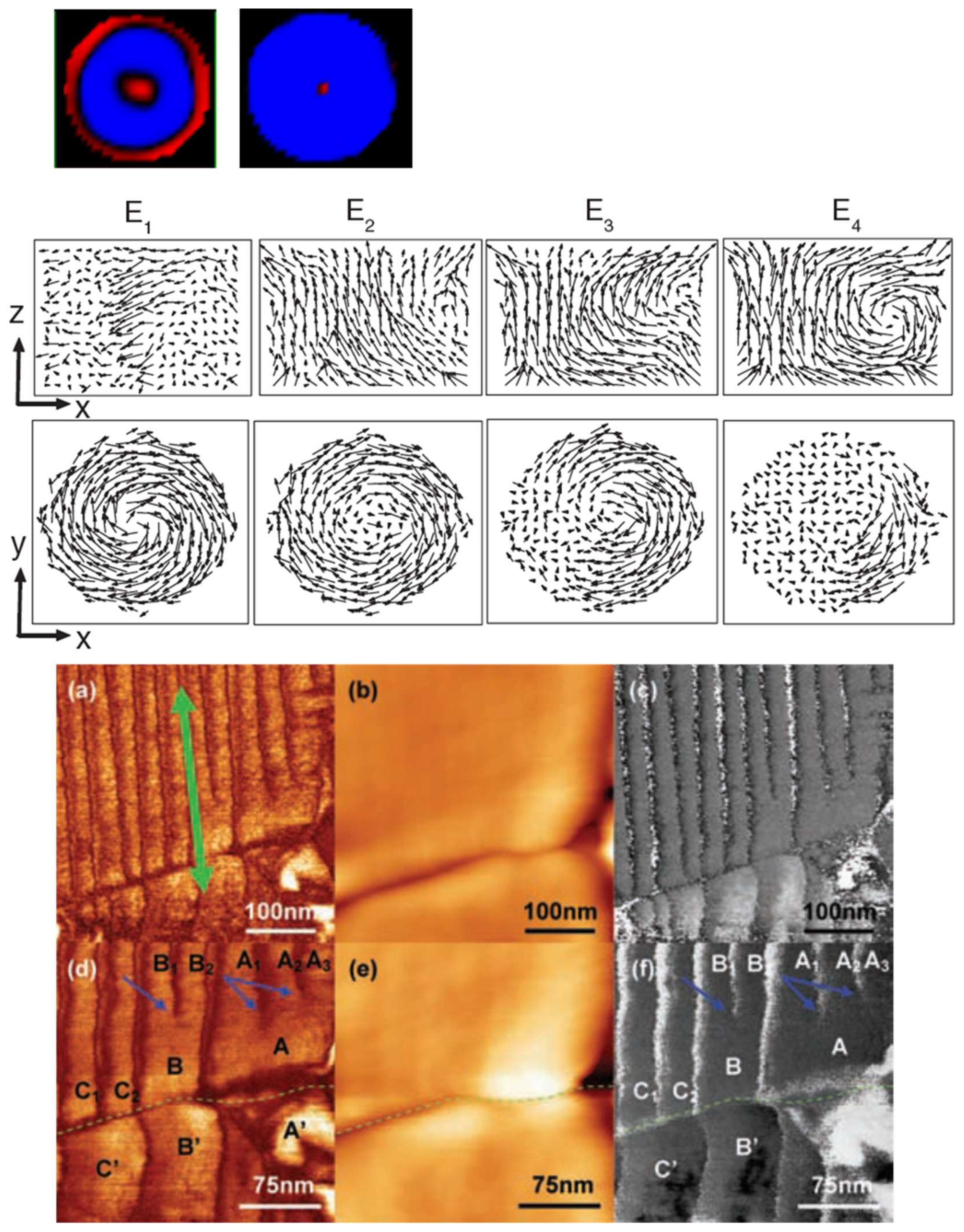
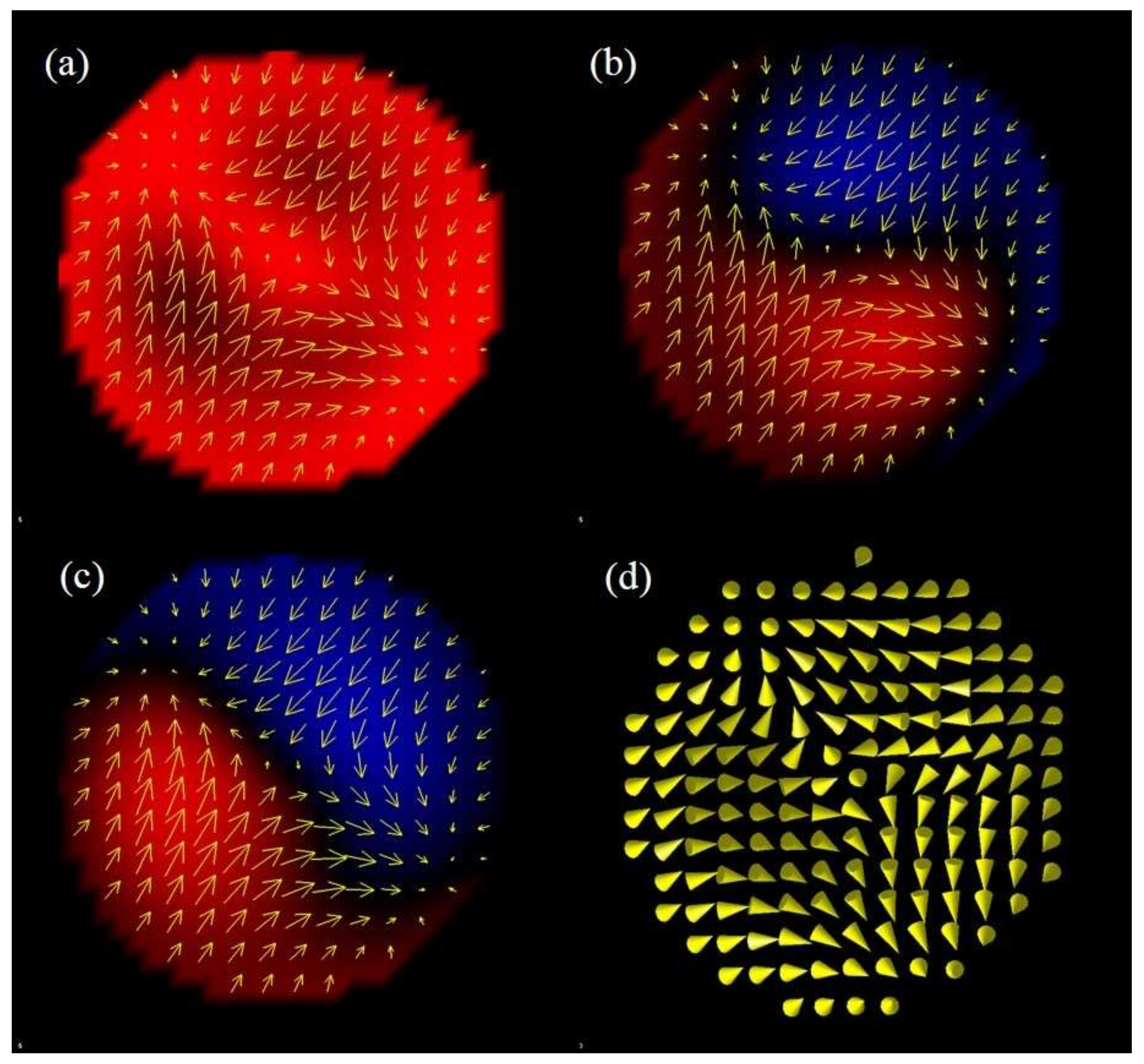
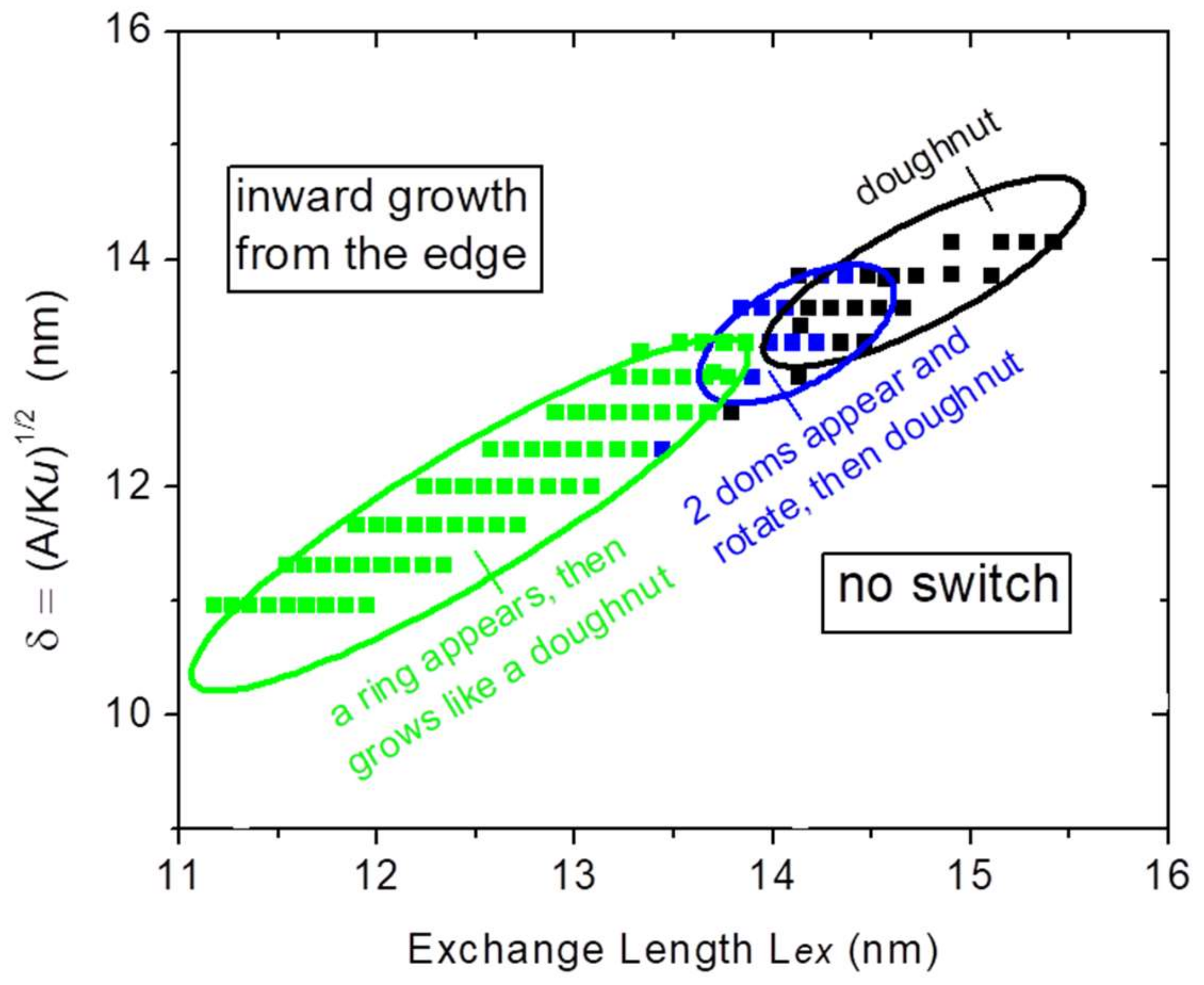

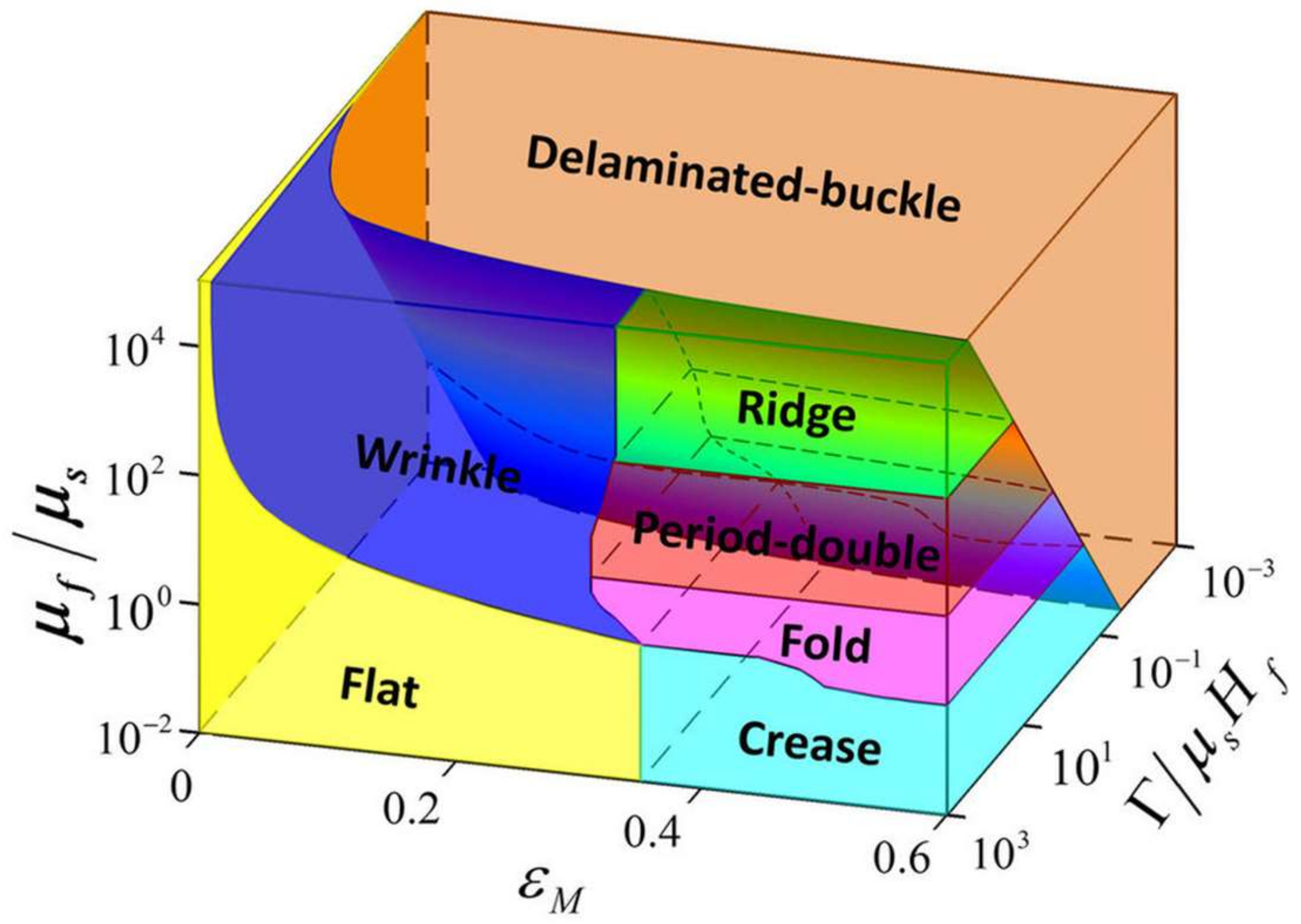
© 2018 by the author. Licensee MDPI, Basel, Switzerland. This article is an open access article distributed under the terms and conditions of the Creative Commons Attribution (CC BY) license (http://creativecommons.org/licenses/by/4.0/).
Share and Cite
Scott, J.F. Ferroelectric Relaxor Quantum Crystals. Crystals 2018, 8, 180. https://doi.org/10.3390/cryst8040180
Scott JF. Ferroelectric Relaxor Quantum Crystals. Crystals. 2018; 8(4):180. https://doi.org/10.3390/cryst8040180
Chicago/Turabian StyleScott, J. F. 2018. "Ferroelectric Relaxor Quantum Crystals" Crystals 8, no. 4: 180. https://doi.org/10.3390/cryst8040180



